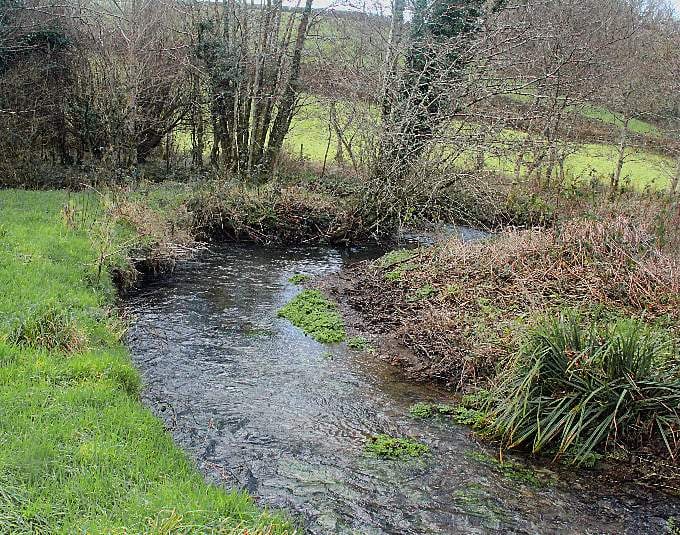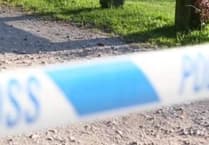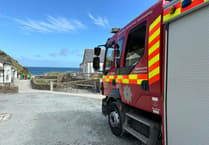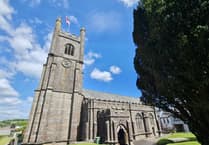The riverside walk down through the long, sloping field that starts near Trehunsey Bridge and ends up beside Hepwell Mill is about half a mile long but it took me all of 40 minutes to amble down this bridal path.
This was because I tend to look into all the waterside vegetation on the way.
As the River Tiddy meanders down through the valley, it bends right and left, never in a straight line. Sometimes it is narrow and deep, whilst in other places wide and shallow, making it crossable on foot.
Usually, when I walk this field I see some Canada geese on the hill, but on that day the only living bird that I got close enough to photograph was a tree sparrow sporting fluffy, rich, rust-coloured feathers on each side of its head and a distinctive black mask and bib above a grey-buff chest.
I think this is another of our wild birds that are on the decline.
Pounced
I also came across the remains of a kestrel that consisted of one wing and some body parts.
I wonder what could have been big enough and brave enough to catch and kill one of these magnificent birds of prey?
The only answer to that question must be that a fox pounced on it as the kestrel was on the ground, or could the bird have been shot down and eaten by rats that live beside the river?
Fungi-wise, all I could find was a solitary scarlet elf cup growing on some dead wood lying beneath the leaf litter among the brambles.
This beautiful shallow, cup-shaped fungus can be found all through the winter months, and rumour has it that elves and pixies use the mushroom as a cup for drinking dew early in the morning.
I didn’t see any of these drinkers though.
Occasionally I came across a furze, or gorse, tree on the river’s edge with its yellow flowers that look very much like those of white garden peas in shape.
In fact furze, or fuzz as it was known during my schooldays, is a member of the pea family, but fortunately garden peas do not have very sharp needles on their climbing stems.
There were several new growths of ‘fuzz’ alongside the river, some as tall as 30cm and all of them had flowers.
On the way home I walked on another bridal way near to Hepwell Farm, where there were lots of common comfrey flowers on the bank.
During medieval times common comfrey was used for setting bones.
The roots of the plants were grated into a sludge and packed around the broken bone and, after it had hardened, the bones were held in place.
I think this was the forerunner of the plaster of Paris that is used today, and the plant must have been widely cultivated so a supply of roots could be available at all times for the bone setters to use when required.




